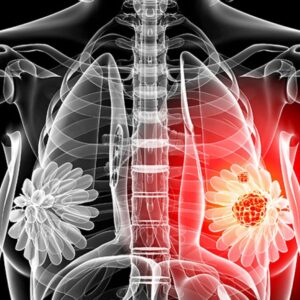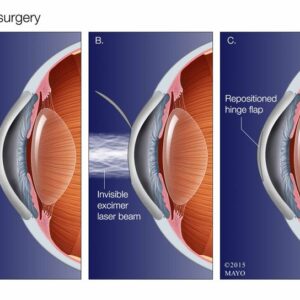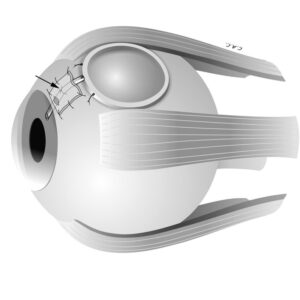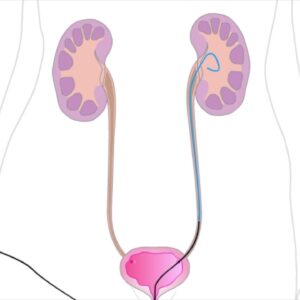Description
A Bone Marrow Transplant (BMT), also known as a hematopoietic stem cell transplant (HSCT), is a medical procedure used to replace damaged or destroyed bone marrow with healthy bone marrow stem cells. Bone marrow is the soft, spongy tissue inside bones that produces blood cells, including red blood cells, white blood cells, and platelets. A bone marrow transplant is often used to treat various life-threatening conditions, such as cancers, blood disorders, and immune system diseases.
Types of Bone Marrow Transplants
- Autologous Transplant:
- The patient’s own stem cells are used.
- These cells are collected, stored, and later transplanted back into the patient after high-dose chemotherapy or radiation.
- Commonly used for conditions like lymphoma or multiple myeloma.
- Allogeneic Transplant:
- Stem cells are donated by a genetically matched donor (usually a sibling or unrelated donor).
- The donor’s stem cells are transplanted into the patient after conditioning therapy.
- Used for conditions like leukemia, aplastic anemia, or genetic disorders.
- Syngeneic Transplant:
- Stem cells are donated by an identical twin.
- This is rare but eliminates the risk of graft-versus-host disease (GVHD).
Conditions Treated with Bone Marrow Transplant
- Cancers:
- Leukemia (e.g., acute myeloid leukemia, acute lymphoblastic leukemia)
- Lymphoma (e.g., Hodgkin’s lymphoma, non-Hodgkin’s lymphoma)
- Multiple myeloma
- Blood Disorders:
- Aplastic anemia
- Sickle cell anemia
- Thalassemia
- Immune System Disorders:
- Severe combined immunodeficiency (SCID)
- Wiskott-Aldrich syndrome
- Genetic Disorders:
- Hurler syndrome
- Adrenoleukodystrophy
The Bone Marrow Transplant Process
- Evaluation and Testing:
- The patient undergoes tests to determine eligibility for the transplant.
- Donor matching is done for allogeneic transplants.
- Stem Cell Collection:
- For autologous transplants, the patient’s stem cells are collected from the blood or bone marrow.
- For allogeneic transplants, stem cells are collected from the donor.
- Conditioning Therapy:
- High-dose chemotherapy or radiation is used to destroy the diseased bone marrow and suppress the immune system.
- This prepares the body to receive the new stem cells.
- Transplant:
- The healthy stem cells are infused into the patient’s bloodstream, where they travel to the bone marrow and begin producing new blood cells.
- Recovery and Engraftment:
- The patient is monitored closely for engraftment (when the new stem cells start producing healthy blood cells).
- Recovery can take weeks to months, and the patient may need supportive care to manage side effects.
Risks and Complications
- Graft-versus-Host Disease (GVHD): In allogeneic transplants, the donor’s immune cells may attack the patient’s tissues.
- Infections: Due to a weakened immune system during recovery.
- Organ Damage: Caused by high-dose chemotherapy or radiation.
- Graft Failure: When the transplanted stem cells do not start producing new blood cells.
- Long-Term Side Effects: Such as infertility, cataracts, or secondary cancers.
Success Rates
- Success depends on factors like the patient’s age, overall health, the type of transplant, and the condition being treated.
- For some conditions, the success rate can be as high as 80-90%, while for others, it may be lower.
Medical Tourism for Bone Marrow Transplant
Many patients travel abroad for bone marrow transplants due to lower costs, shorter wait times, and access to world-class facilities. Popular destinations include:
- India: Known for affordable treatments and experienced doctors.
- Turkey: Offers high-quality care at competitive prices.
- Thailand: Renowned for advanced medical facilities and personalized care.
- Germany: Known for cutting-edge technology and high success rates.
Only logged in customers who have purchased this product may leave a review.






Reviews
There are no reviews yet.